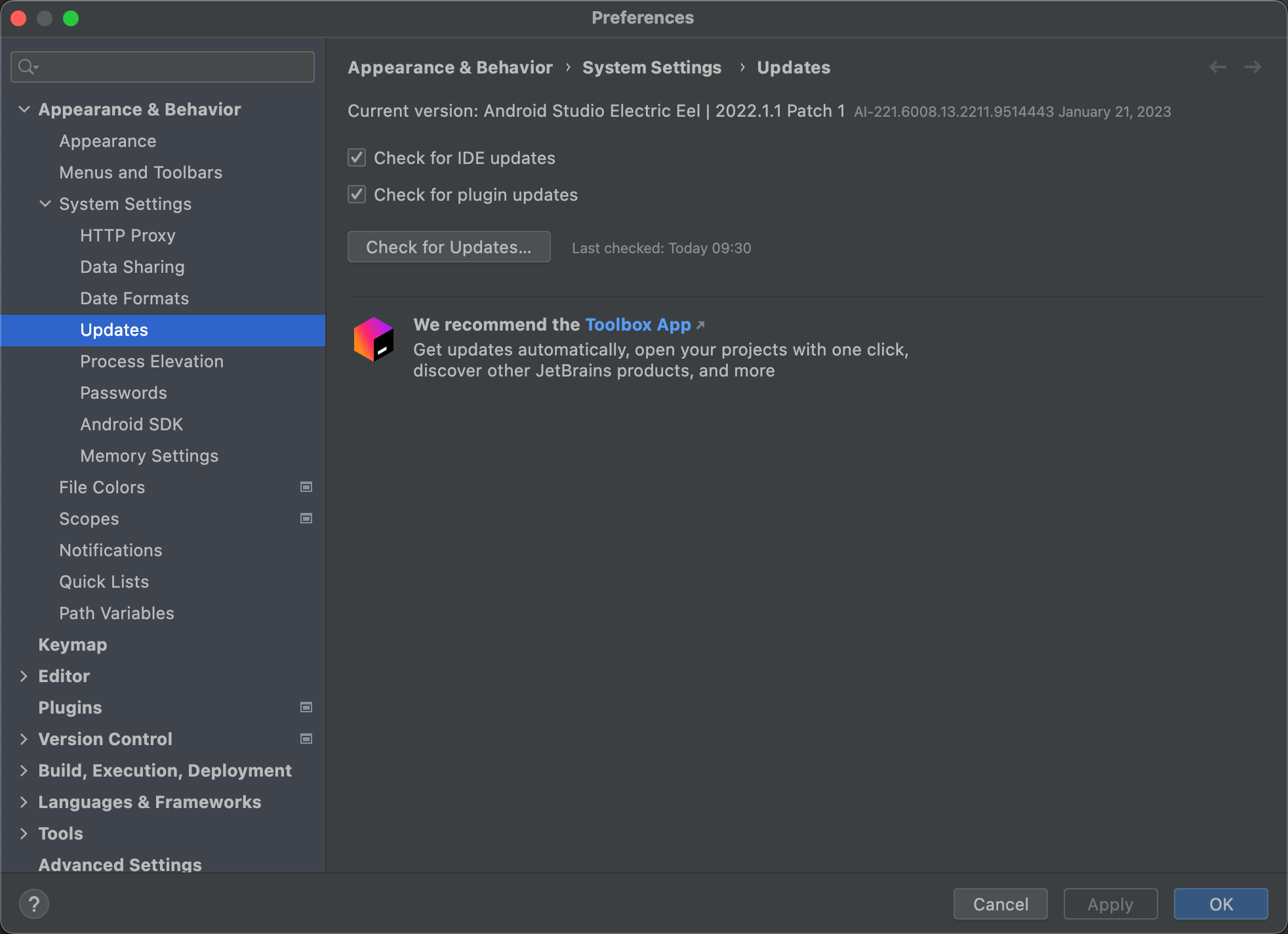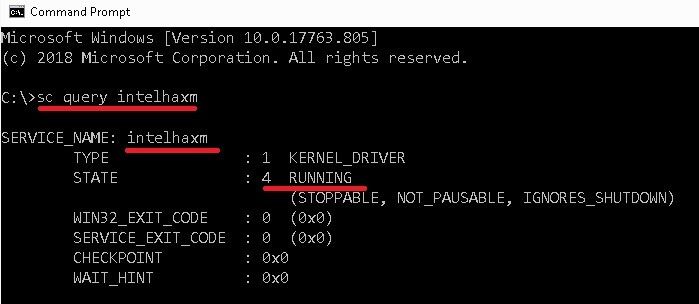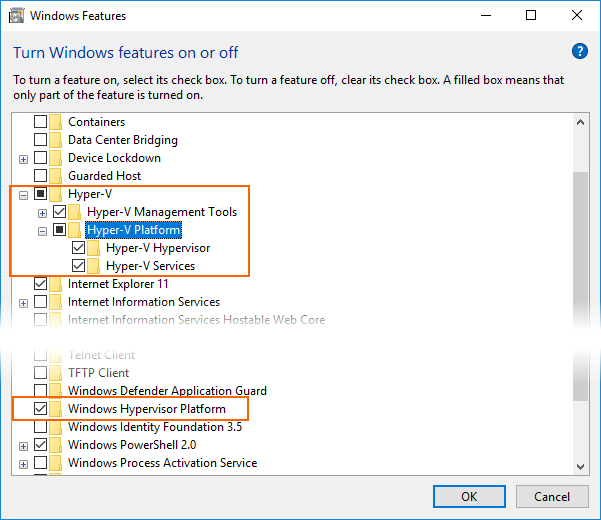

- Intel x86 emulator accelerator not compatible with mac windows 10#
- Intel x86 emulator accelerator not compatible with mac pro#
Intel x86 emulator accelerator not compatible with mac windows 10#
According to a 2018 Microsoft document, “The WOW64 layer of Windows 10 allows x86 code to run on the ARM64 version of Windows 10. Contrary to popular perception, Microsoft actually uses the same approach as Rosetta- translating the binaries to machine code through its WOW64 layer. Well, to answer your question, it already does. IrfanView running through x86 Emulator on Windows 10X Coming to the question, why can’t Microsoft pull off something like Rosetta 2 on Windows 10? You can conclude that Windows x86 Emulation has been a bottleneck for smooth transitioning to ARM.

The main reason behind the slow adoption of ARM-based Windows laptops is apparently the lack of support for x86-64 bit (Intel-based 64-bit) apps which cover the bulk of modern Windows apps.Īs of now, ARM-based Windows laptops only support native apps built on the ARM instruction set and 32-bit Intel-based apps which run through Windows x86 Emulation.
Intel x86 emulator accelerator not compatible with mac pro#
The company has so far licensed only a few ARM-based Windows laptops including the Surface Pro X and some always-connected PCs by HP, Lenovo, etc.

Unlike Apple, Microsoft has not fully embraced ARM and there has been a slow development on this front. In tandem, Rosetta 2 is able to translate x86 instruction sets to ARM-specific code much before and in a faster way, bringing the performance difference between Universal native apps and Intel-based apps to a narrow margin. In cases where the parameters are not known or the values will be generated in the runtime, Rosetta 2 uses JIT for real-time translation. It makes the Intel-based app behave like a Universal app made natively for the Apple Silicon. Even before you have opened an app, Rosetta 2 uses the AOT compiler during the app installation to translate the code. What it means is that Rosetta 2 now uses both AOT and JIT compiler, depending on the scenario. Now with the AOT compiler on Rosetta 2, Apple Silicon is able to translate and compile the code on the fly through dynamic binary translation. Earlier with Rosetta in 2006, Apple was only using the Just-in-time (JIT) compiler for static binary translation.

Now the question comes, how does this translation happen and how is Rosetta managing to run heavy x86 apps on ARM Macs seamlessly? You can attribute the main reason to the Ahead-of-time (AOT) compiler that Apple has deployed on Rosetta 2. Since x86 and ARM architectures are drastically different, this translation is required for smooth functioning of Intel-based apps. When I say instruction set, it means the commands (also called machine code in computing) needed to execute a program of one architecture on another. But how does this powerful translation layer work? There is little information on this subject so we will try to dissect Rosetta 2 and understand how Rosetta 2 functions.įirst of all, Rosetta 2 is a translation layer which means it translates the instruction sets of Intel x86 architecture into ARM-based Apple Silicon architecture. For the uninitiated, Rosetta 2 is the translation layer that allows you to use Intel-based apps on Apple Silicon Macs. After the introduction of Rosetta in 2006 during the PowerPC-Intel transition, Apple has announced a much-improved Rosetta 2 in 2020 for seamless Intel-Apple Silicon transition.


 0 kommentar(er)
0 kommentar(er)
